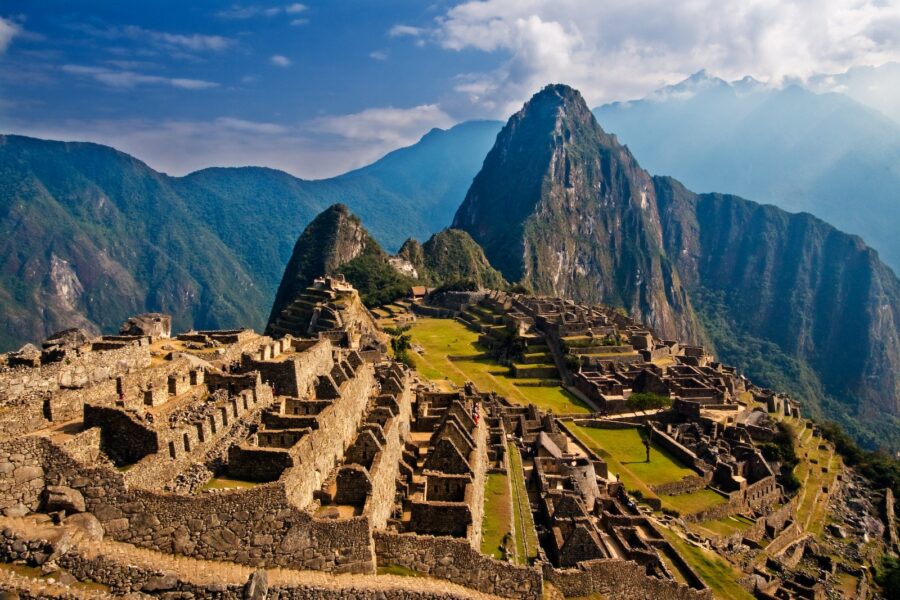
Machu Picchu in Peru has been a tourist site for hundreds of years, after being discovered in the 15th century. People are drawn to the dry stone walls and intriguing buildings that omit the use of mortar. It overlooks a dramatic landscape of the Andes has therefore proven popular for “instagrammable photos”. It must be called into question as to whether this takes away from the natural beauty of the site and whether the fast growing numbers of tourists is ruining it.
Protesters in Peru have been blocking access to Machu Picchu, leaving some tourists stranded due to a new ticketing system which has halted rail transport to the site. The train services up into the Andes have been suspended since Saturday due to the safety concerns at the number of demonstrators blocking the railway line. This has hit Peru’s tourism industry hard once again, just like last year’s widespread civil unrest in the southern Andean region which is a key contributor to Peru’s large copper industry.
There have been discussions to resolve the dispute between authorities and protestors but the rail lines were not re-opened on Monday, suggesting there are greater strides to be made. Peru’s minister of culture, Leslie Urteaga, travelled to the region on Sunday but a solution to the “indefinite strike” is yet to be finalised.
A solution to the “indefinite strike” is yet to be finalised
Agencies that are responsible for the maintenance of the site are concerned about the over-selling of tickets and this is forcing authorities to organise new ways of controlling visitor numbers- a new ticketing platform. It will be available from the end of January and now, the maximum number of daily visitors has a higher cap of 4,500 up from 3,800 in the past.
Over-tourism brings problems to attractions around the world, sometimes adding to the deterioration of natural sites such as Machu Picchu or places like the Giants Causeway in Northern Ireland and sometimes it’s through the social media presence in museums and man-made structures. Having a lot of people in one place will always cause a problem for staff who maintain the area and it’s only a matter of time before these tourist sites become permanently damaged.


